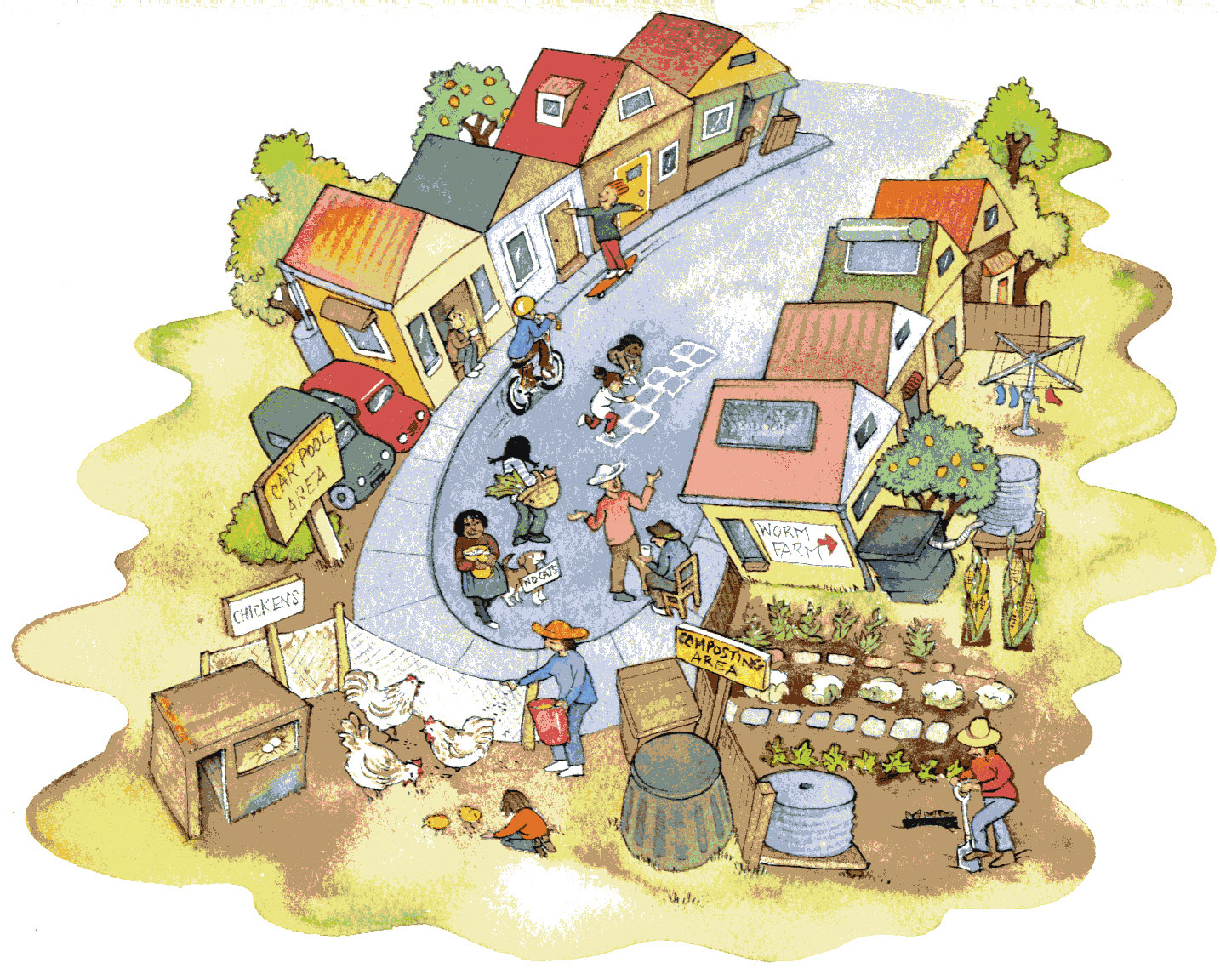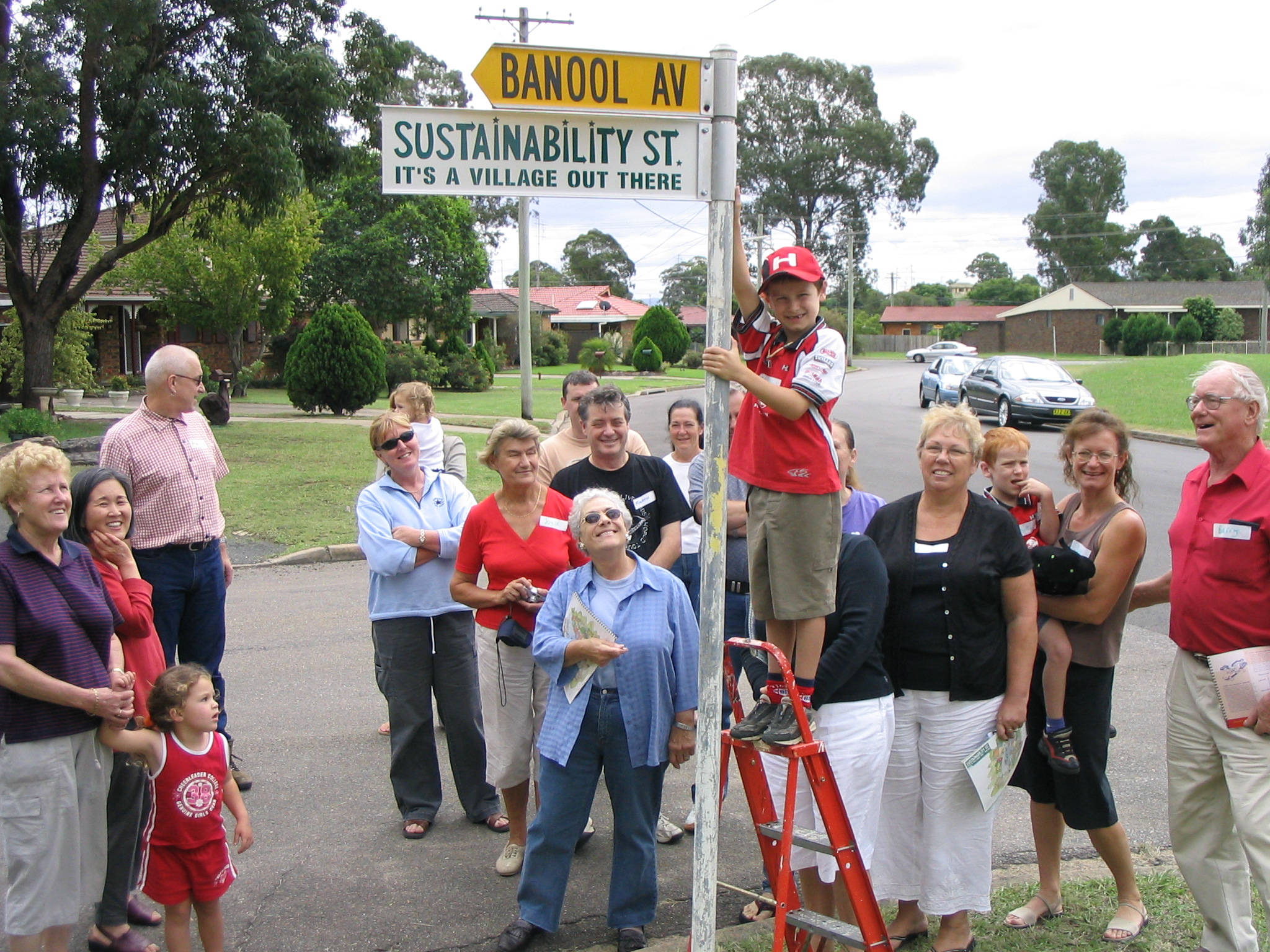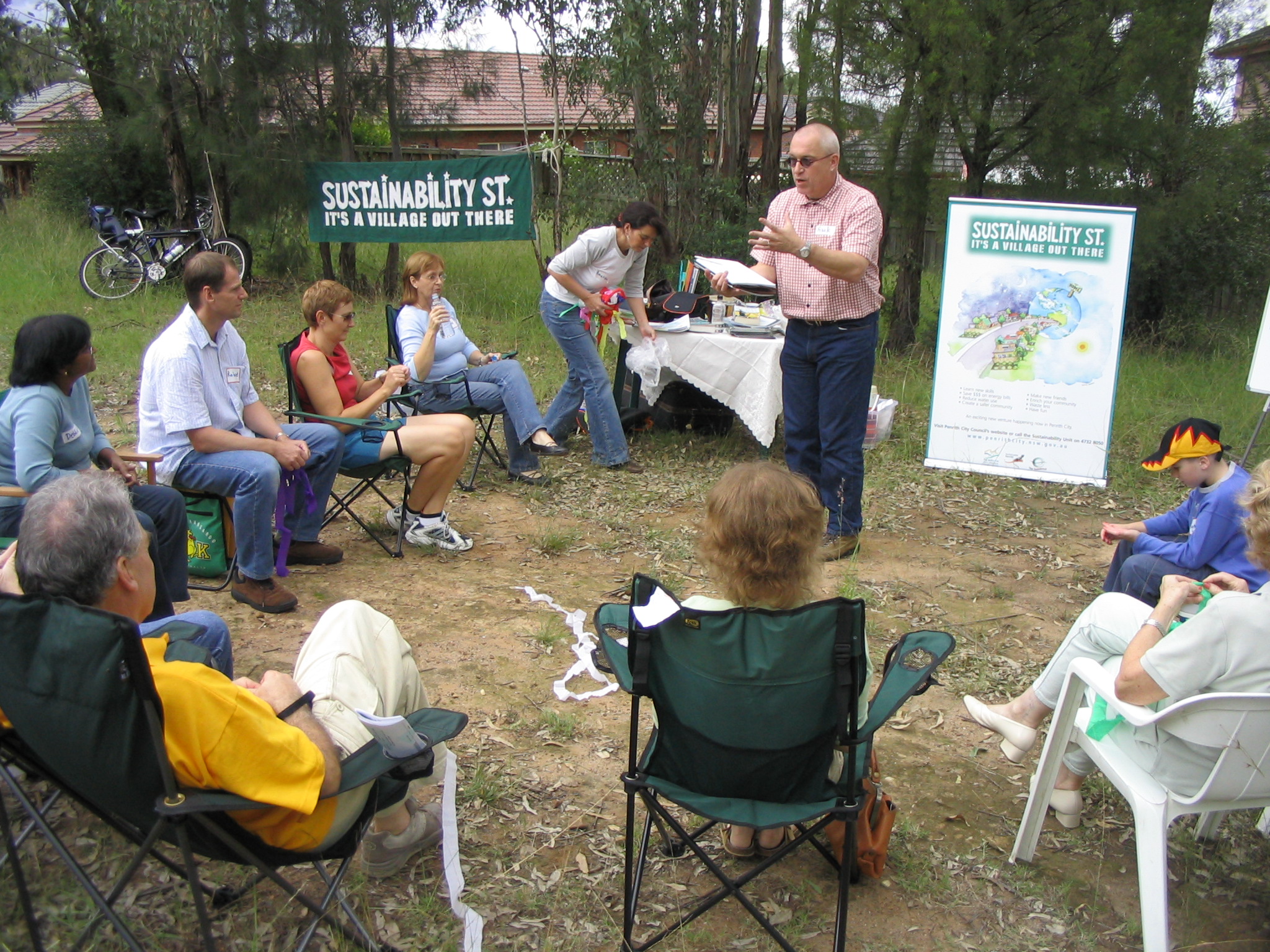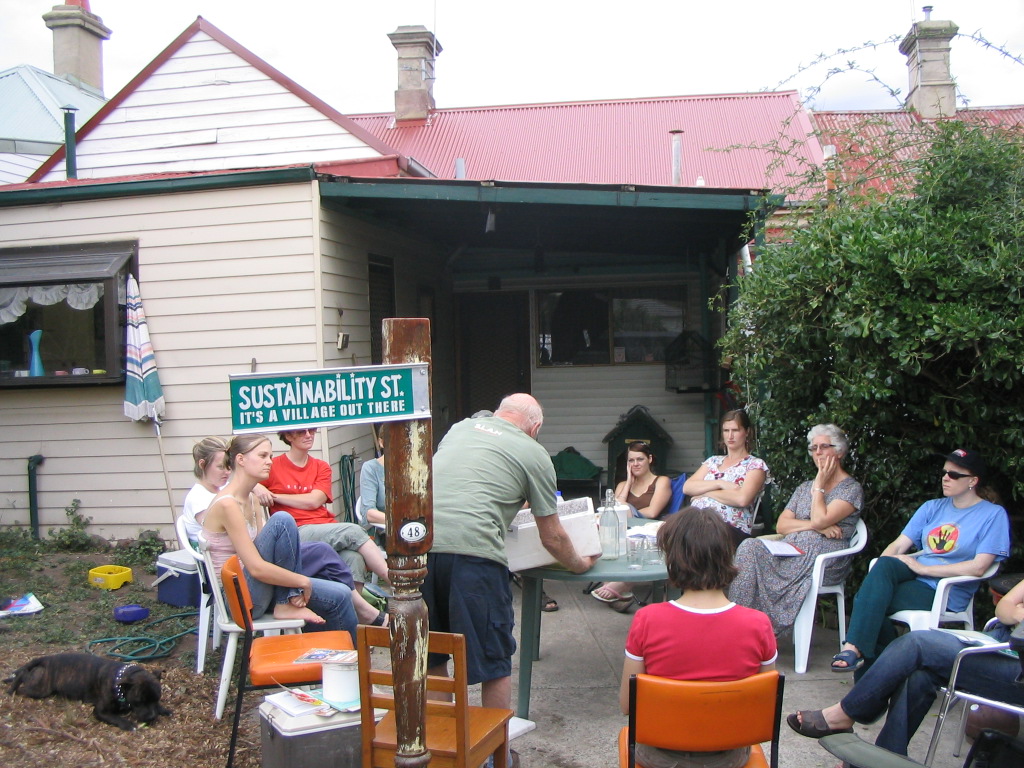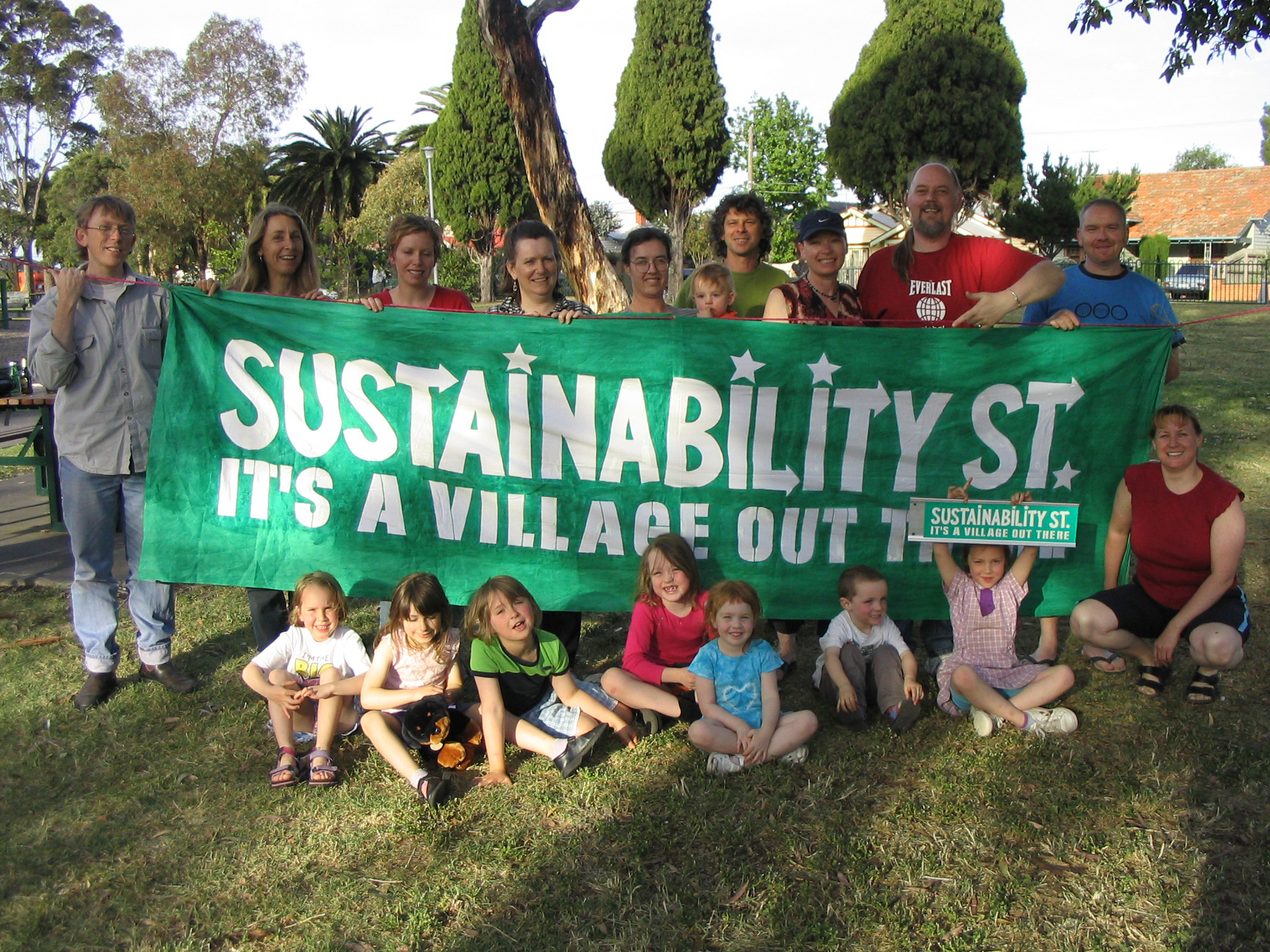Inspired by the Bendigo ITLUS (open for comment now), this seven part vision is offered for argument, derision, discussion and inspiration ...
"I just moved to Bendigo. I love it. I love seeing the Cathedral lit up from my apartment with the sunset in the background. What a view. After dark I often go for a walk in town. It’s so alive! Ten thousand people live in town now. It feels full of fun and it’s so safe: someone is always around and watching. The bars and cafes and bookshops are open late and they all face the street. I love the laneways and the sound of music drifting out of them. I gave up my car when I moved here. It’s saving me heaps of cash and I can grab one of the electric car share vehicles from the station when I need to go beyond the city. I’m a member of Bendigo Bike Share too. They had to put more bikes in at the station last year as all of the tourists love them. They love the interactive transport map they can download to their phone too. It makes it so easy to get around. I chose to live here because of the lifestyle. And when I want to go to the footy or a band in Melbourne it’s only an hour and a half on the train and the wifi is great."
- Joe, 29, third floor apartment, Mollison St, Bendigo
“We’ve lived in Huntly for forty years. We’re almost locals now I suppose. We love the open space and the sense of community. We feel like we’ve lived through a pretty special time. With all the influx of new people we’ve seen a lot of new ideas. A lot of new local businesses have opened up which is great as we don’t need to go to town as much any more. A lot of the working folk catch the bus into Bendigo. They leave from here every 12 minutes in peak times. Why would you drive to work? If we need to go into town we walk into Huntly and use one of the electric cars in our car sharing pod. Sometimes on a Sunday we ride into Bendigo and feel like we’re surrounded by nature the whole way along the path. We’re a lot fitter than we used to be and that might have something to do with our car being mostly in the garage these days.”
- Bev and Earl, 75, Detached House, Huntly
“We moved to Strathfieldsaye because it’s a great place to bring up kids. They can walk safely and quickly to school and the footy ground and they love their backyard. Kate works in town. She says the bus station is the place to be at 8:30am: she thinks the Strathfieldsaye community is run from that bus station. The buses go every six minutes during commuting times, so it doesn’t matter if you miss one. She parks her bike there in the cage. I drive a delivery vehicle out of the Epsom and Kangaroo Flat freight hubs. It’s an amazing hive of activity! The big trucks coming in from the north and south straight off the highway and a lot of Bendigo large industry has moved to these two zones to be nearby. Then there’s the automated storage and delivery systems and the electric vans out the other side. Everything is ordered and delivered online in real time. Some of the big trucks still go through Bendigo late or early in the day, but most of the grunt work is left to the vans. I still cant quite believe how our systems work out the fastest route and the right number of deliveries for a load and the time of day. I do know that our customers love the service though.”
- Ben and Kate, 36, with Thomas 7, Mollie 5, Detached House, Strathfieldsaye
“Getting to work is a cinch. The train runs from Square to town twice in the mornings, it’s a minute from my third story flat and it only takes a minute to get there. If I miss the train the bus along High street goes past at six minute intervals in it’s only a block away. My phone tells me where the train and bus are in real time. In the spring and autumn I like to ride into work along the creek. I think only a third of Bendigonians drive to work these days. The showers and storage facilities at work are brilliant. I have family in Geelong, so I own a car for weekend and special shopping trips. The best thing is, I’m part of the five thousand strong peer to peer car sharing network in Bendigo, so I rent my car out during the week and it’s earning enough to pay off my flat. I know it’s in good hands because I only rent it out to people with a great online reputation. Golden Square is a real population hub now. There are some really funky new apartment blocks near the main shops. Our local economy is thriving and there is always something open and always a place to catch up with friends after work.”
- Erica, 24, second story, Golden Square Station Apartments
“I’m in hospital utilities administration. Moved here fifteen years ago when we opened. We ditched our car fleet soon after the hospital opened. We found that the local car sharing company offered us better rates, a simpler smart phone booking system and a better private car solutions for hospital staff that lived locally. So my work cars during business hours are the same ones I use for personal use at my cost after hours. I enjoy the walk into town after work. It’s about 20 minutes. I especially like it when I make it all the way without crossing paths with a single car. The good thing about the way the city has been developed from a transport point of view is that obesity rates have reduced to the point where we think this hospital will not reach capacity for another thirty years or so. We, on the whole, removed ourselves from car dependency and we’re fitter and more socially connected as a result. I have many more conversations on my wanderings than when I was commuting by car.”
- John, 55, Flat, Ironbark
“I love how everyone in Bendigo is within 500m of a park and shops. That’s clever design. It makes each local place feel like a place to be. The walking paths it has opened up are delightful. I especially love the evenings in Eaglehawk. Everyone is out and about on the street cafes or heading to the Star. I feel much safer riding into town than when I grew up here. The magical disappearing bike lanes on Eaglehawk Rd were a bit of a hazard back then compared to the detached bike road now. I still drive my car. It gives me a buzz to have my car find and book a carpark in town and then direct me to it. I used to hate doing circle work searching! My furniture business is in Long Gully. I’m such a fan of the freight hubs. We have less trucks on our streets, which I value and we have delivery within the hour.”
- Sarina, 44, semi detached house, Eaglehawk
“I love my car. I’ve loved them since I was a kid. I’m at Tafe this year, so I drive in four days a week. The awesome thing is, I get half price parking if I take someone with me. I just whack up the time I’m leaving on the app, and if someone else needs a lift into town I get a text with a name and address. I check their history first to make sure I’m not picking up a murderer. Or my uncle. Then we’re off. I’ve met heaps of local people I never even heard of before. Me mum catches the bus into town for work. Says she likes reading the paper on the ipad. The buses have free wifi. Dad runs the Heathcote wine bank. He likes walking to work because he can have a few wines afterwards and not worry. He likes all the chats with the locals on the way home too. His garden is full of cuttings from the neighbours. He says the big numbers of new folks in Heathcote has been great for the town. Says we’ve got our own sense of ‘vibrancy’ now. Whatever that means. I just like how busy the bar is on the weekend. Dad used to have to go in to Bendigo for a crowd.”
- Rory, 19, Detached house, Heathcote


